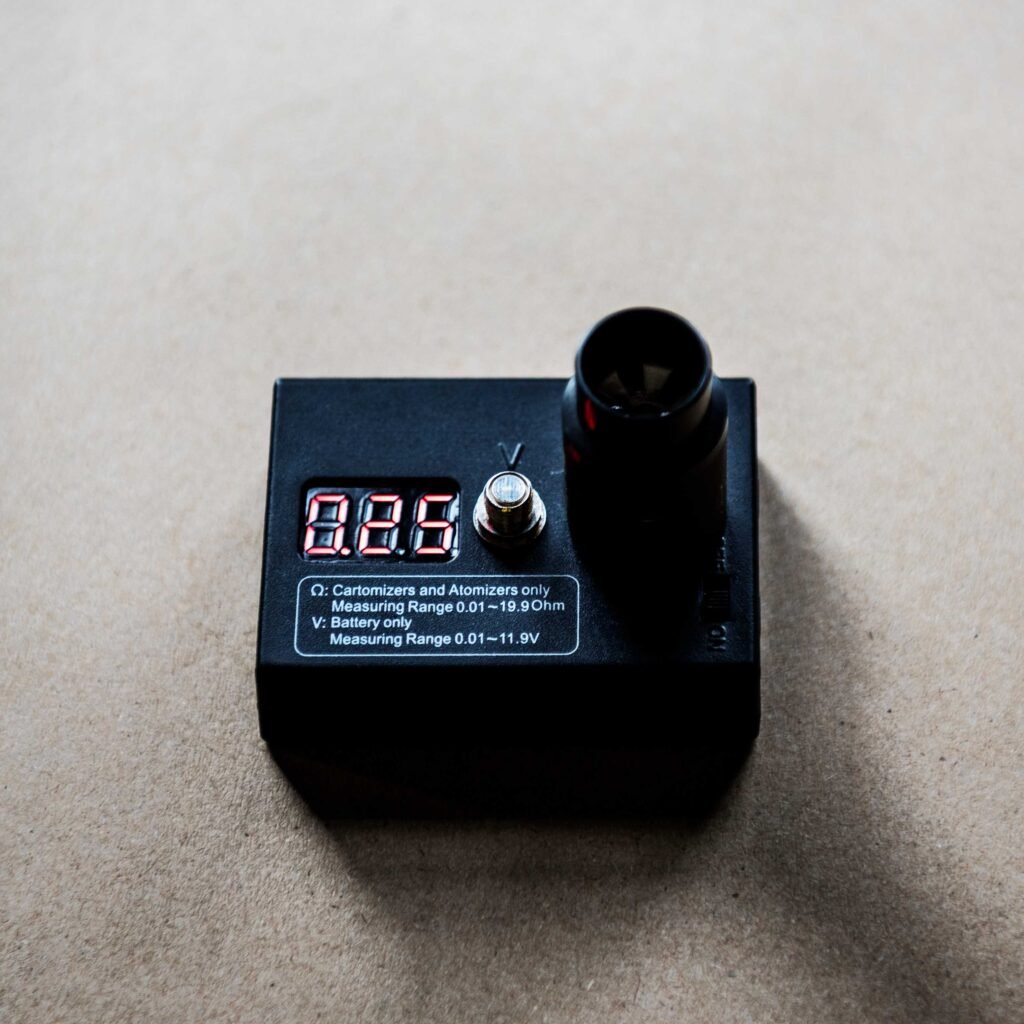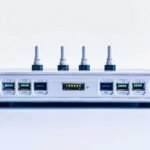Introduction of PID Controller Innovations with Cross-Over Tech
PID Controller Innovations with Cross-Over Tech development of automation technologies has pushed sectors to look for creative ideas for effective management of challenging operations. Proportional-integral-derivative (PID) controllers are fundamental in guaranteeing system stability and accuracy and form the foundation of these systems. Although these controllers have long been main players in automation, adding cross-over technology has elevated their capabilities. This article aims to explore the intricacies of PID controllers coupled with cross-over technology, providing insights into their application and future potential.
Introduction to PID Controllers
The Backbone of Automation
PID Controller Innovations with Cross-Over Tech are foundational elements in the field of automation and control systems. They are favored for their ability to maintain desired outputs in dynamic and complex processes. By continuously calculating an error value as the difference between a desired set point and a measured process variable, PID controllers adjust system inputs accordingly. Through this mechanism, the controllers ensure stability, reduce oscillations, and optimize system performance across various applications from temperature control to industrial robotics.
Understanding the Basics of Cross-Over Technology
Enhancing Control System Design
PID Controller Innovations with Cross-Over Tech refers to the use of cross-over frequencies in control system design. Fundamentally, this idea centers on figuring out how often the open-loop gain of a system equals one (0 dB). Engineers can improve the stability and responsiveness of a system by optimizing the cross-over frequency, therefore strengthening its resistance against parameter fluctuations and outside disturbances.
In situations requiring great-precision control, where even little deviations can cause major performance problems, cross-over technology is very helpful.
It improves the ability of PID controllers to manage unforeseen changes and maintain desired output, thus forming an integral part of modern control strategies.
The Significance of Cross-Over Technology in PID Controllers
Bridging the Gap Between Theory and Application
Integrating cross-over technology into PID controllers offers a multitude of advantages, enhancing performance in several ways:
- Stability: Cross-over technology lowers overshoot and oscillations by optimizing the phase margin of the system, hence mitigating instability.
Responsiveness: It guarantees better operation by accelerating the reaction of the system to changes in set points and external disturbances.
- Predictive Control: This technique enables the controller to predict changes, therefore preserving control even in times of fluctuation.
These benefits underpin the importance of adopting cross-over technology in control systems where precision and reliability are non-negotiable.
Application Examples
Real-World Impact of Cross-Over Technology
To truly appreciate the potential of cross-over technology in PID controllers, consider its application across various industries:
Case Study 1: Stable Temperature Control in a Greenhouse
Greenhouses require precise temperature regulation to optimize plant growth. A greenhouse using a PID controller with cross-over technology experienced enhanced control over its HVAC system. This led to more stable temperature conditions, fostering an optimal environment for plants while simultaneously reducing energy consumption.
Case Study 2: Precise Positioning Control in Robotics
A robotics company integrated a PID controller enhanced with cross-over technology into its robotic arms used on production lines. The result was improved precision in positioning control, allowing the robots to execute tasks with greater accuracy and speed, ultimately boosting productivity.
Case Study 3: Speed Control in Electric Vehicles
With electric vehicles, maintaining optimal speed control is crucial for efficiency and safety. A PID controller leveraging cross-over technology allowed for better motor control in an EV model, ensuring energy efficiency while delivering a smooth ride for passengers.
Challenges and Solutions PID Controller Innovations with Cross-Over Tech
Navigating Potential Pitfalls
While incorporating cross-over technology can significantly elevate PID controller performance, several challenges must be addressed:
- Complex Tuning: Determining the optimal cross-over frequency can be intricate, requiring precise calibration.
- System Complexity: Systems with high degrees of non-linearity might present challenges in applying cross-over technology effectively.
- Technical Expertise: Successful implementation demands a high level of expertise in both control theory and practical application.
Solutions lie in continuous technological advancements and training, developing robust tuning protocols, and leveraging tools like simulation software that can predict system behavior, making cross-over technology more accessible.
Future Trends and Innovations
The Next Frontier in PID Controller Enhancement
The scene for PID controllers with cross-over capabilities changes along with technology’s development. Future developments comprise:
- Integration with AI: PID controllers will be upgraded by advanced artificial intelligence algorithms, which also offer self-learning and adaptive tuning for best performance.
- IoT and Connectivity: By incorporating IoT technologies, PID controllers can provide real-time data and analytics, allowing for dynamic control system management.
- Sustainability Focus: Energy-efficient systems powered by enhanced PID controllers are expected to lead the charge in sustainable industrial automation.
These innovations promise to redefine automation efficiency, pushing boundaries and setting new standards in control system design.
The Future PID Controller Innovations with Cross-Over Tech
Industries aiming at maximum performance depend on knowing and using cross-over technology in PID controllers. Overcoming implementation difficulties and keeping ahead of future trends will help companies fully use automation. For individuals eager to go into this innovative area, it is important to keep educated on technical developments and make training investments.
Benefits of Cross-Over Technology in PID Controllers
Implementing cross-over technology in PID controllers unlocks numerous advantages that significantly enhance control system performance. Here are some key benefits:
- Enhanced Stability: Cross-over technology fosters greater system stability by increasing the gain and phase margins, which prevents unexpected system behaviors such as oscillations and reduces the risk of instability.
- Improved Responsiveness: Systems with cross-over technology can react faster to changes in the environment or set points, which ensures more consistent and precise control over processes. This improvement is crucial in industries where time-sensitive operations dictate quality and productivity.
- Higher Accuracy: By accurately anticipating and adjusting to changes in system dynamics and external disturbances, cross-over technology allows PID controllers to maintain desired output levels more effectively, leading to higher accuracy in operational tasks.
- Greater Robustness: This technique improves the capacity of the system to resist fluctuations and uncertainty in parameters, therefore increasing its adaptability to various operating situations and reducing its sensitivity to performance deterioration.
- Energy Efficiency: More efficient operation of systems enabled by improved control accuracy usually results in lower energy usage. In settings like HVAC systems, electric cars, and industrial automation—where energy economy translates into cost savings—this is very helpful.
Incorporating cross-over technology into PID controllers not only optimizes control system performance but also supports innovation and sustainability in various technological fields.
Conclusion
With great advantages in many different fields, cross-over technology in PID controllers marks a major development in control systems. This technology helps sectors to reach new degrees of dependability and efficiency in their activities by improving stability, responsiveness, precision, and robustness. Smart and more sustainable systems are made possible by the combination of creative ideas such IoT and artificial intelligence with PID controllers, therefore enhancing the powers of automation. Maintaining knowledge and investing in cross-over technology will help companies to unleash significant competitive advantages as they keep changing to fit the fast speed of technology. Accepting these developments guarantees not only improved operational performance but also helps to achieve more general objectives of promoting sustainability in industrial processes.
FAQs About PID Controller Innovations with Cross-Over Tech
What is cross-over technology in PID controllers?
In PID controllers, cross-over technology is methods that maximize the gain and phase margins of the system thereby improving the performance of the controller. Stability, reactivity, precision, and energy economy all show improvement as a result.
How does cross-over technology improve system stability?
It increases the gain and phase margins, which prevents unexpected oscillations and reduces the risk of system instability, ensuring smooth and consistent operation across various conditions.
Why is technical expertise important for implementing cross-over technology?
Successful implementation requires a deep understanding of control theory and practical experience. This expertise is crucial for calibrating the system precisely and integrating the technology effectively into existing control systems.
What are challenges PID Controller Innovations with Cross-Over Tech?
Challenges include complex tuning, which requires precise calibration to optimize the cross-over frequency, and managing systems with high non-linearity. Adequate technical expertise is also necessary for successful integration.
How does integrating AI and IoT with PID controllers enhance their capabilities?
AI integration offers adaptive tuning and self-learning features that improve performance over time. IoT connectivity allows for real-time data analytics and dynamic control management, leading to more efficient and responsive systems.
What role does cross-over technology play in sustainability?
By improving control precision and system accuracy, cross-over technology reduces energy consumption and enhances efficiency. This supports sustainable practices, particularly in energy-intensive industries like HVAC, electric vehicles, and industrial automation.


